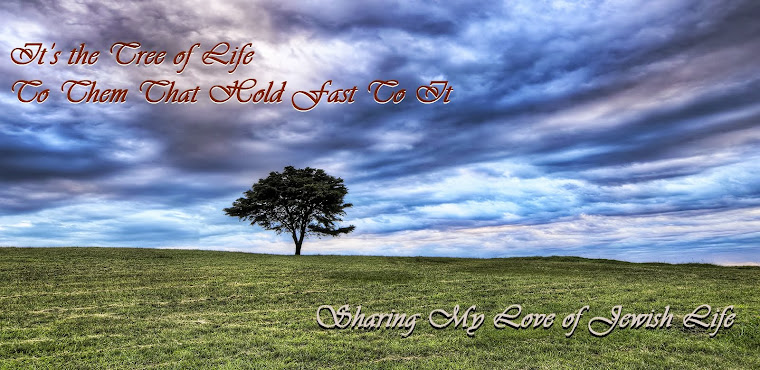Parshas Acharei Mos: Protecting the Law
The 18th chapter of Sefer Vayikra begins a section of the Torah in which Hashem dictates a long list of laws for Moshe to give to Bnei Yisrael. It starts with a very important statement that the Children of Israel must not do like the ways of Egypt, the land from which they had come, or the ways of Canaan, the land to which they were heading, “and in their statutes you shall not walk” (Vayikra 18:3). This injunction against assimilation is followed by what, at first, appears to be simple guidance for staying true to the new path Hashem has put before Bnei Yisrael, and yet the two verses that follow are anything but simple when looked at more closely.
“My ordinances you shall do, and My statutes shall you keep, to walk therein: I am the Lord your God. You shall keep My statutes and My ordinances, which if a man shall do, he shall live by them: I am the Lord” (18:4-5).
Simple, it seems. Do these mitzvos and guard these laws. So why do the verses seem to flip into themselves? Why is there a seeming repetition with a reversal in order? Is it more important to do – ta’asei – or to keep/guard – shamru?
Ordinances, in Hebrew mishapatim, are basic civil laws – laws that one expects to help society as a whole function. Statutes, in Hebrew chukim, on the other hand, are generally defined as laws for which there is no reason or explanation other than that Hashem told us to do them. Given the different definitions, it makes sense that Hashem instructed Moshe to tell the people to do the mishpatim and to guard the chukim. Setting up and maintaining a civil society requires constant action, whereas the more esoteric rules (chukim) require deliberate cultivation and transmission to the next generation.
But why then the seeming repetition? Perhaps we must remember Hashem's eternal omniscience. Hashem knew that we would be sent into exile, that the Jewish people would have to both develop its own kingship/nation and to live under the governance of others.
What is the difference between doing and guarding, between la’asot and l’shmor. One is not meant to just keep the chukim close to heart, one must also “do” them. Perhaps Vayikra 18:4 should be read as a warning. Setting up a just society, following the Torah’s civil laws, is important, but it is not enough. The civil system must be sublimated to the statutes, to remembering that what may seem right and just may be a false front if it would not be acceptable within the framework of the chukim – and there are many who have noted that, at the end of the day, all mitzvos are chukim, are mitvos that we do because Hashem told us to.
Vayikra 18:5, on the other hand, reflects galus. Mishpatim, the ordinances, are both very easy and very hard. Mishpatim are often thought of as laws that most societies would develop on their own, even without Divine intervention, laws like “do not steal” and “set up courts.” Living in a society based, as they say, on Judeo-Christian traditions, we cannot even fathom life without these basic standards. At the same time, living in a society that asserts itself as following just laws, but law which may not actually be Torahdik, makes it challenging to hold fast to the mitzvos that we know we are to follow if we are to walk in the way of the Torah. Thus Vayikra 18:5, which switches the order of the injunction and states that we must keep (guard) the statutes and the ordinances and if we do so we shall live (individually). In this, it is fair to say, that living means far more than actual physical existence, but rather the true flourishing of our neshamos.
Right and wrong. Good and bad. Fair and unfair. These are terms that society casts about on every issue, without necessarily taking the time to consider who determines the parameters of those judgments. Interestingly, Rabbi Shimshon Refael Hirsch notes on Vayikra 18:3 that “the ways of the land of Egypt and the ways of the land of Canaan seem to designate the social behavior that marked the relation of men to each other in Egypt and Canaan…the former are regulated by state-laws, the latter less by legislation but rather by rules which become sanctified by custom and convention.” For Bnei Yisrael, there can only be one source for the decision of right and wrong, good and bad, fair and unfair, and etc. The source is concisely stated as the conclusion to this set of pasukim: Ani Hashem, I am the Lord.
In the era of galus, may we all have the strength to truly guard our paths.
Wishing you a beautiful Shabbas.
